Wibongsanseong County Park (위봉산성군립공원)
10.8 Km 11502 2024-04-07
Daeheung-ri, Wanju-gun, Jeonbuk-do
+82-63-240-4224
Wibongsanseong County Park is located north of Jeonju, past Songgwangsa Temple through a tunnel of cherry trees. The park has some noteworthy sightseeing attractions such as Wibongpokpo Falls, Wibongsa Temple, and Dongsang Reservoir. Winbongsanseong County Park was founded at the site of Winbongsanseong Fortress, which was built under King Sukjong's rule in 1675 as a refuge site to safekeep the portrait of Joeson dynasty's founder King Taejo and the royal family's ancestral tablet in times of war or other national emergency. They are originally enshrined in Gyeonggijeon Shrine and Jogyeongmyo Shrine, and when Jeonju had fallen during the Donghak Peasant Revolution, the portrait and tablet were moved to a small palace inside the fortress. The original fortress walls were 16 kilometers in circumference with three gates in the north, east, and west, but only a half-moon shaped western gate remains standing today.
Daeseung Hanji Village & Hanok Traditional Culture Experience Center [Korea Quality] / 대승한지마을한옥전통문화체험관 [한국관광 품질인증]
10.8 Km 4583 2024-04-07
18-4 , Bogeom-gil, Wanju-gun, Jeonbuk-do
+82-63-242-1001
Daeseung Hanji Village in Wanju-gun, Jeollabuk-do, is where the famous Goryeoji (‘Goryeo Paper’) was first made in Goryeo 1,000 years ago. All guestrooms in the village are equipped with toilets, AC and water purifiers, plus pillows made of Korean paper and comfortable blankets. The dining hall kitchen can be used by guests, there is a large (60 sq metre) seminar room, and a yard where traditional games such as Geunae (swing) and Tuho (arrows) are played. The village runs a Hanji Experience Center, where you can learn about hanji history, manufacture and calligraphy.
Wibongsa Temple - Wanju (위봉사 (완주))
11.5 Km 11825 2024-04-07
53, Wibong-gil, Wanju-gun, Jeonbuk-do
+82-63-243-7657
Wibongsa Temple is located past Mujigaemun Gate (Rainbow Gate) and Wibong Village and is a major temple in the Honam region that once oversaw 52 branch temples. Said to be built by Monk Seoam in 604 (the 5th year of King Mu of Baekje), the surviving buildings date back to the Joseon Era. Today, only Bogwangmyeongjeon Hall (Treasure No. 608), Yosa (Provincial Cultural Asset No. 698), and Samseonggak remain. The Baeguigwaneumbosal wall painting in particular is the pride of the temple.
Wibongpokpo Falls (위봉폭포)
11.7 Km 18328 2024-04-07
Daeheung-ri, Wanju-gun, Jeonbuk-do
+82-63-290-3930
Located in the eastern section of Wibongsanseong Fortress, Wibongpokpo Falls is a two-tiered waterfall measuring 60 meters high. The strangely-shaped rocks and thick groves of trees that border the cascading falls make for such a magical scene that it comes as no surprise that the waterfall has long since been counted as one of the Eight Scenic Sights of Wansan. Attractions located nearby include a battlefield from the Imjin War (1592-1598), Songgwangsa Temple, Dongsang Reservoir, Daea Reservoir, and Hwasim Hot Springs.
Korea Expressway Corporation Arboretum (한국도로공사수목원)
11.8 Km 43231 2024-05-28
462-45 Beonyeong-ro, Deokjin-gu, Jeonju-si, Jeonbuk-do
+82-63-212-0652
The Korea Expressway Corporation Arboretum is located in Jeonju and operated by Korea Expressway Corporation. The arboretum was opened to counterbalance the environmental damage caused by the construction of expressways. As such, the arboretum maintains and promotes the conservation of many beautiful flora from across the country.
HOTEL MOAKSAN [Korea Quality] / 호텔 모악산 [한국관광 품질인증]
12.5 Km 25438 2024-06-25
104-10, Moaksan-gil, Gui-myeon, Wanju_Gun, Jeonbuk-do, Korea
+82-10-5333-3022
The Moaksan Motel is located in the tourism complex at Moaksan Mountain. Newly refurbished and re-opened, it is known as a clean, cozy hotel offering a high standard of customer satisfaction. The tourism complex comprises a large public parking lot, local food restaurants, and a football pitch among other facilities. Moaksan Mountain is a popular hiking destination among hikers and the people of Jeonju. In addition, the hotel is just three minutes’ walk from the Jeonbuk Province Art Museum, while Gui Reservoir, where the National Canoe Championships is held by the Korea Canoe Federation, is situated in front of the hotel. The hotel also offers easy access to public transportation as the bus stop (Bus No. 970) is situated in the tourism complex, allowing guests to travel directly to Jeonju Bus Terminal.
Moaksan Mountain (모악산)
12.6 Km 60021 2024-04-07
Gui-myeon, Wanju-gun, Jeonbuk-do
Moaksan Mountain is a mountain with an elevation of 793 meters, spanning across Gui-myeon in Wanju-gun, and Geumsan-myeon in Gimje-si, Jeollabuk-do. It overlooks the Honam Plain, a major agricultural region in Korea, and houses the precious Buddhist cultural heritage site, Geumsansa Temple, along with its subsidiary hermitages. To the north of the mountain lies the beautiful Gui Reservoir, and there are walking paths around the reservoir, providing a pleasant walking experience.
Wanju Samrye Culture & Arts Village (완주 삼례문화예술촌)
12.9 Km 3319 2024-04-07
81-13, Samnyeyeok-ro, Wanju-gun, Jeonbuk-do
+82-63-290-3862
Samrye Culture & Arts Village is an art village also referred to as "Samsamyeyemimi." Once used as a granary and an official residence during the Japanese administration, it has now become a village of art. The village consists of Design Museum, Visual Media Art Gallery, Kim Sang-rym Carpentry Shop (Wood Works), and Book Museum and offers a variety of programs during exhibition events and art festivals.
Barangsan Garden (바랑산가든)
13.8 Km 20288 2024-04-07
192 Daeyul 2-gil, Geumgu-myeon, Gimje-si, Jeonbuk-do
Barangsan Garden is a maeuntang (spicy fish stew) restaurant where visitors can enjoy their meal while admiring the scenery of Daeyul Reservoir. Their flagship dish is the megi tang (spicy catfish stew) made by boiling wild catfish and dried radish in a perilla seeds broth with seasoning. Other popular menu items include jap tang (assorted spicy seafood stew) made with freshwater fish and minmul jangeo gui (grilled freshwater eel).
Gwisinsa Temple - Gimje (귀신사 - 김제)
14.8 Km 9495 2024-04-07
40, Cheongdo 6-gil, Gimje-si, Jeonbuk-do
+82-63-548-0917
Gwisinsa, located in Cheongdo Village, Geumsan-myeon, Gimje-si, is now a temple of the Jogye Order, but once belonged to the Haweom Order. The temple is widely believed to have been established by the great monk Uisang Daesa during the 16th year of King Munmu (676). However, some experts site the existence of the Namgeunseok stone animal sculpture as proof that the temple was originally the private temple of King Beop of the Baekje Kingdom.
Throughout history, the temple has had many names—Guksinsa, Gwisinsa, Gusunsa, and Gwisinsa (same English spelling, different meaning)—but not much is known about when the temple was called by which name. On the temple grounds are a 3-story stone pagoda and some stone sculptures including seoksu (animal statues) and budo (a stupa in honor of a great master). Inside the temple are Daejeokgwangjeon Hall (Treasure No.826), Myeongbujeon Hall, and Gongyangjib Chamber (a chamber for Buddhist offerings).
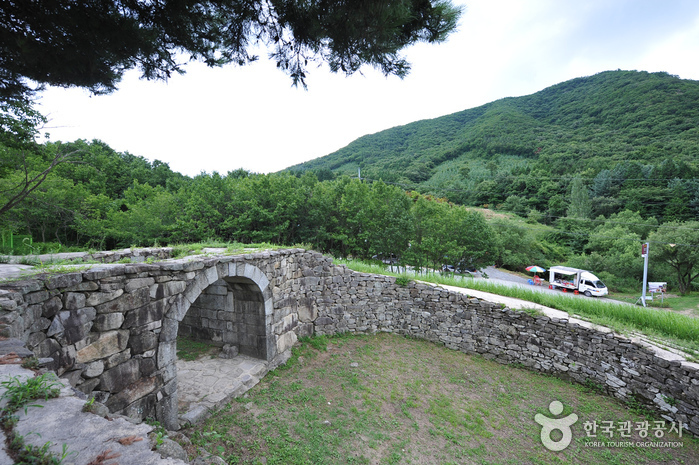
![Daeseung Hanji Village & Hanok Traditional Culture Experience Center [Korea Quality] / 대승한지마을한옥전통문화체험관 [한국관광 품질인증]](http://tong.visitkorea.or.kr/cms/resource/25/2047925_image2_1.jpg)
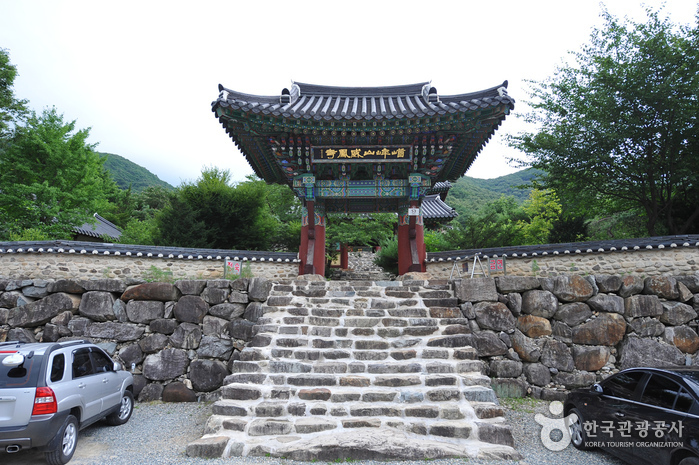
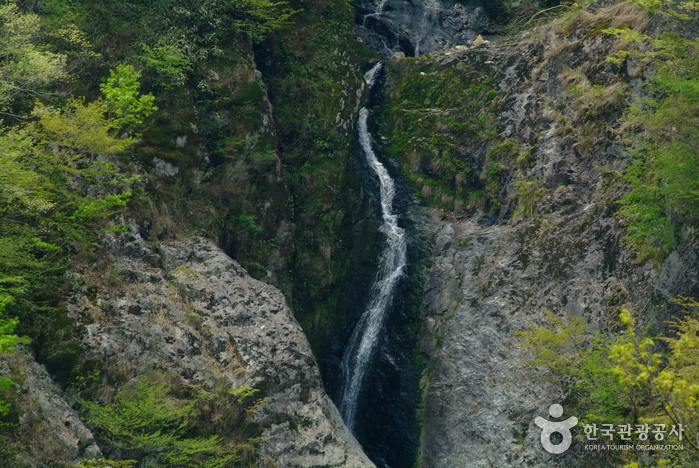

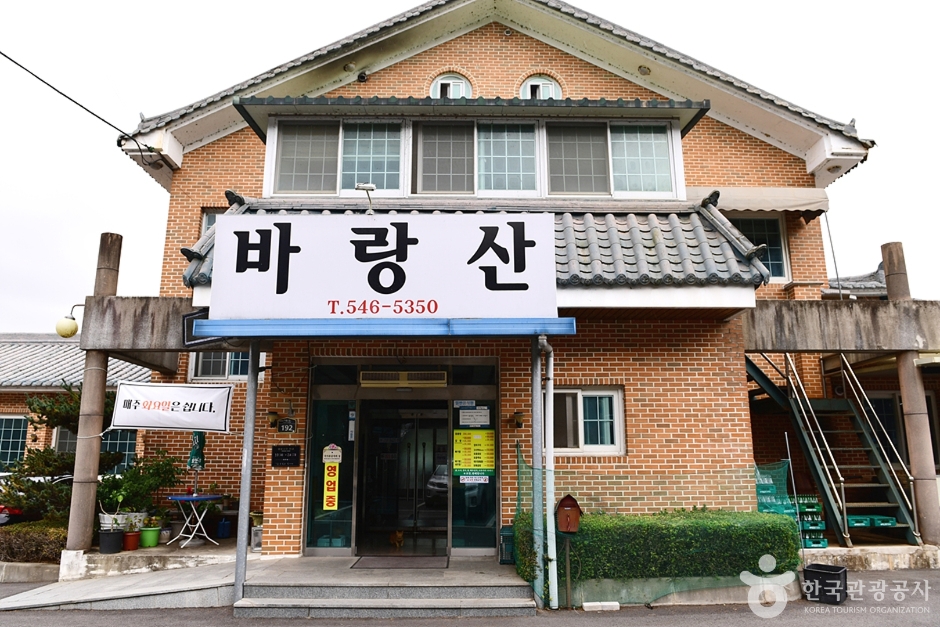
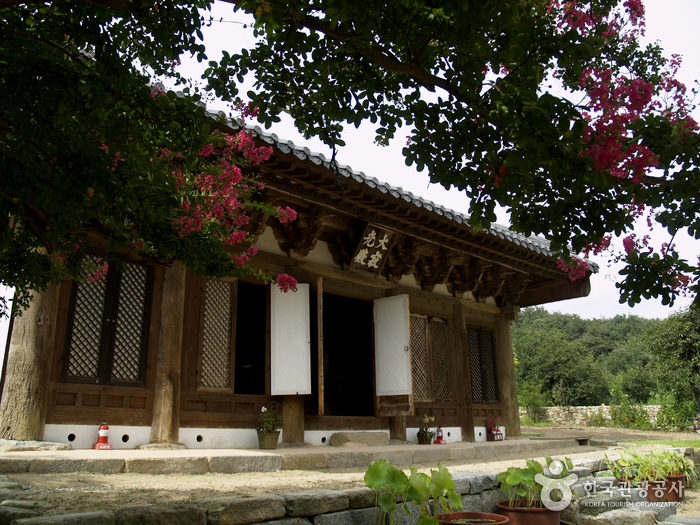
 English
English
 한국어
한국어 日本語
日本語 中文(简体)
中文(简体) Deutsch
Deutsch Français
Français Español
Español Русский
Русский